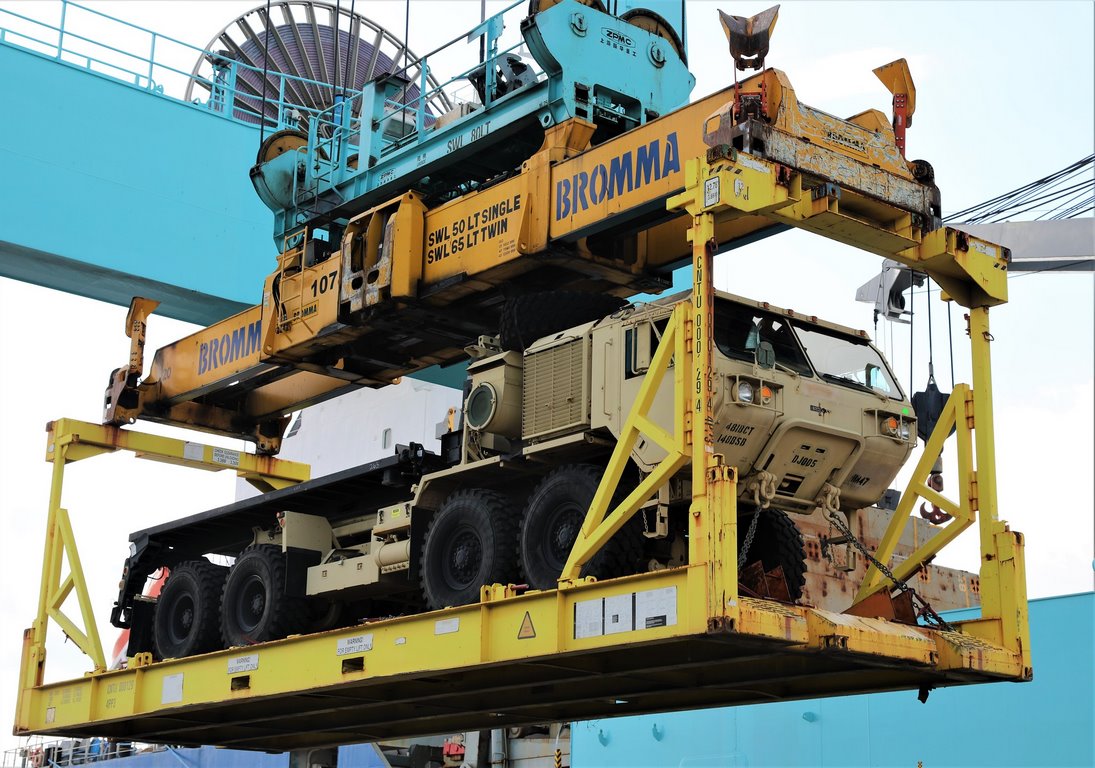The process of shipping any kind of heavy equipment calls for attention to detail. Whether you’re transporting industrial robots, large vehicles, or concrete mixers, it’s always a big investment that you’d like to arrive at its destination in a pristine condition.
How do you go about such an endeavor? There are a few things you can choose to do, and all of them have the potential to help ensure that your equipment is safely shipped.

For instance, you can start by partnering with a reliable and experienced packing company.
You should also do your utmost to inspect the capabilities of the truck or trailer that’s going to be doing the actual transporting and collect all the necessary paperwork and information about your shipment.
This all can sound quite overwhelming at first, but don’t worry. Read the article below and learn the useful tips that will help you make sure that all your equipment is safe and sound during transportation.
Collecting Information
Most machinery and heavy equipment qualify as oversized freight and are therefore shipped on flatbed trucks or flatbeds. A flatbed truck has a flat area at the back with no roof or sides for transporting large items.
Depending on how large your load is, you can look for flatbeds that can handle up to 48,000 pounds of weight. This is also the reason why collecting accurate information about your shipment is crucial.
Knowing your exact freight will make it much easier to choose the right mode of transport, so you don’t end up trying to move your equipment on a flatbed that’s too small for it.
It will also help you address UK shipping rules, figure out accurate pricing, and avoid unwanted charges and fees.
When you have all the necessary information on paper and can look it up or provide it to someone at all times, navigating through the freight shipping process becomes much easier.
Read Also:
Packing and Protection
When you transport your freight on a flatbed, there’s virtually nothing protecting it from weather conditions.
That’s something you need to take care of, especially if your freight is perishable or can be damaged by rain, snow, or wind. To ensure safe transit, you need to properly pack and protect your shipment.
If you’re transporting some kind of heavy machinery, it’s best to use crates. Some items that are vulnerable to corrosion might require extra protection.
Take time to learn about safety requirements for your shipment and pack it accordingly. If you’re not sure how to go about it, consult with a shipping company or your shipping partner.
Finding the Shipping Company
Finding a reliable company for your freight is the key if you want the shipping process to go smoothly.
There are a lot of things to take care of, and the chances are high that you simply won’t be able to handle every step of shipping heavy equipment on your own.
If you’re transporting by land, your best bet is to choose an experienced carrier that provides various flatbed carriers, employs professional staff, and provides high-quality service.
You can ask your friends or people you work with for recommendations, but you can also go online and search for high-rated shipping companies.
Read reviews, check how much experience they have, and see if they allow you to choose the option that’s most convenient and suitable for your needs.
Preparing for Risks
Although you should always hope for the best, it also might be in a good sense to expect the worst, especially if you’re shipping something that’s very valuable or delicate.
In this case, you should learn about the risk management policy that the shipping company of your choice has in place.
When shipping a particularly expensive asset, you can also consider hiring an experienced expert who can survey and supervise the whole process, including loading and unloading.
Keep in mind that the company you choose should put emphasis on keeping your freight in good condition at every stage of the transportation process.
They should also employ logistics professionals, meaning the workers who know exactly what needs to happen when the equipment has reached its destination to avoid the offloading risks.
Insurance
You might be wondering if you need freight insurance for the transport of heavy equipment. Usually, most offers from reliable companies come with default carrier coverage liability for all shipments.
However, it might still be worth it to consider purchasing additional, full-value freight insurance just so you really don’t have to worry about anything.
In most cases, shipping heavy equipment has a high rate of success, but mistakes still can and do happen.
That’s why it’s better to be safe than sorry and add the extra precautions available, so be fully protected and confident about your shipment.
Conclusion
It’s clear that there are many things you need to do when you’re planning to ship heavy equipment.
To avoid these problems, you’ll need to partner with a reputable company offering heavy equipment shipping services and make sure that everything is organized and accounted for.
You should also know that the bulk of the work begins long before you hand your cargo over to the driver.
It’s crucial for you to make sure that your equipment is in good working order and there’s nothing wrong with it before it’s shipped.
You’ll also want to inspect your cargo as soon as it arrives so you can quickly address any issues that might have occurred during the shipping process. Safe shipping!










